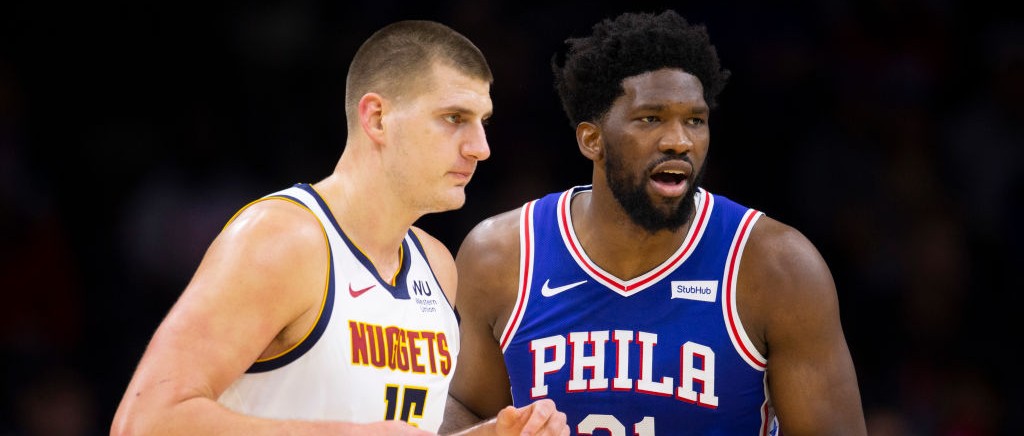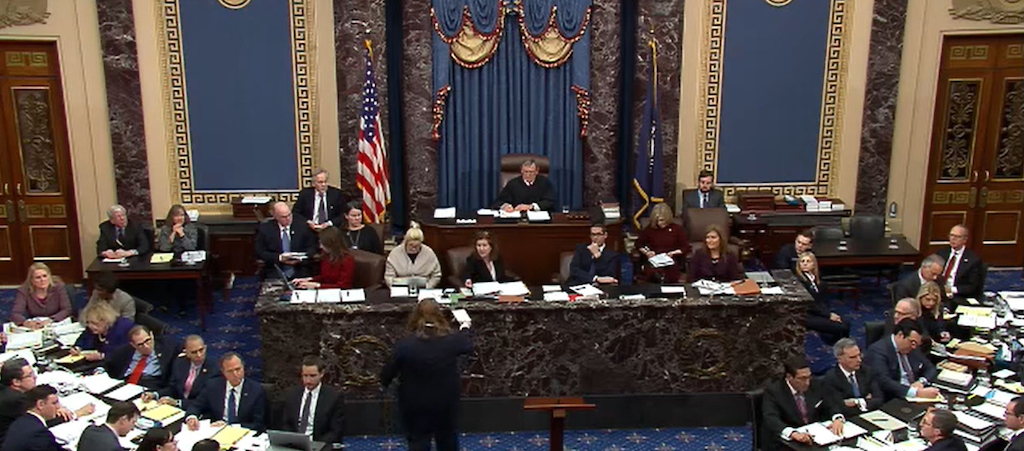
On the fifth day of the Senate trial of Donald Trump, it appeared the Democrats had grown atypically bold. The party has often been accused, often by their constituents, of being weak-willed, insufficiently brave when it came to taking on their more fearless Republican opponents. And yet Saturday began with them agreeing to call witnesses, to more forcefully highlight what they saw as the former president’s role in the failed MAGA coup of January 6. (That is, after one of Trump’s attorneys made a very funny gaffe.) Mere hours later they changed their mind. There would be no witnesses called. And a lot of people on social media were not happy about that.
House Democrats, who have spent days presenting their case for impeachment to the Senate, had planned to call a number of witnesses, chief among them Rep. Jaime Herrera Beutler. On Friday night the Republican lawmaker detailed a raucous phonecall between House Minority Leader Kevin McCarthy and Trump, in which the latter seemed to sympathize with the insurrectionists. A vote for witnesses went though. Among those who voted for it was Republican senator Lindsey Graham, who had opposed witnesses and whose ulterior motives were the subject of much speculation.
But then nothing. A deal had reportedly been brokered between the two parties. Instead the trial would move straight into closing arguments, which a vote expected by day’s end.
The surprise move had many furious with the Democrats.
The Democrats sure know how to snatch defeat from the jaws of victory.
— Jemele Hill (@jemelehill) February 13, 2021
Democrats are wildly underestimating the power of television & Americans seeing witnesses testify, specifically on issues of Trump endangering Pence & refusing to act to calm the rioters. Would’ve increased political pressure on GOP to convict. https://t.co/XWjNHgmwjT
— Sarah Rumpf (@rumpfshaker) February 13, 2021
The Democrats won the Senate so they could give power to the Republicans.
— Windsor Mann (@WindsorMann) February 13, 2021
If only Democrats could call witnesses at the impea https://t.co/ajaONsWhSG
— Max Burns (@themaxburns) February 13, 2021
Me watching Democrats every fucking day pic.twitter.com/xCIVUqnCBo
— Elie Mystal (@ElieNYC) February 13, 2021
Three things are certain in life: death, taxes and the Democrats folding like a lawn chair.
— Adam Best (@adamcbest) February 13, 2021
Congratulations to the Senate Democrats. pic.twitter.com/ZQ1dAV0BXc
— A.R. (Actually Republic) Moxon (@JuliusGoat) February 13, 2021
https://t.co/w1FWXyCkPi pic.twitter.com/PGzr7CIrQy
— Ben Rosen (@ben_rosen) February 13, 2021
We now have evidence that Team Trumps were shitting bricks at the trial continuing beyond today…but: no witnesses. The greatest, most motivating fear of Democratic elites is too much conflict. Fearing every fight as a Pandora’s Box.https://t.co/ht5fjLrSfd
— Rick Perlstein (@rickperlstein) February 13, 2021
I think this is right, and the Democrats’ unwillingness or inability to comprehend how all this disjunction adds up is really dangerous. It’s not just dispiriting and insulting to see the action reliably fall so far short of the rhetoric, it’s deranging. https://t.co/3Yt5dVCNu9
— David Roth (@david_j_roth) February 13, 2021
A travesty. A tragedy. Tired of feeling like nobody is fighting for us.
— Mary L Trump (@MaryLTrump) February 13, 2021
At least there was one alleged fan: Donald Trump.
According to a source close to Trump legal team, the former president is pleased there won’t be witnesses at the trial.
The source added that the legal team views the democrats‘ decision to not call witnesses as a clear victory.— Jim Acosta (@Acosta) February 13, 2021
Others argued that people shouldn’t be so quick to judge the move — that it may be part of a long con, if you will.
Before people get upset about not calling witnesses:
I think Democrats understand the chances have increased significantly over the past 24 hours of Trump being criminally prosecuted for Jan. 6 (with witnesses, a real judge, and full legal process).
Plus the Georgia call.— Jed Shugerman (@jedshug) February 13, 2021
For insurance, the DC Attorney General let it be known last night that he’s looking to criminally charge Trump for the insurrection. That’s infinitely more important than impeachment. Perhaps he asked the Democrats not to screw up his prosecution by calling his witnesses.
— Palmer Report (@PalmerReport) February 13, 2021
Sources told CNN there were some potentially solid reasons why Democrats caved. Some said they believed further testimony, as per CNN, “would add little beyond her statement and could potentially cost them GOP support, while dragging out the proceedings further.” They also argued that it could backfire, with House Republicans calling in their own witnesses to speak to Trump’s alleged character. It could also stretch things out for weeks on end, jeopardizing other congressional work that needs to be done, from COVID-19 relief packages to the swearing in of Biden nominees for other positions.
Whatever the case, it may not be long until we see if the Democrats’ master plan worked.
(Via CNN)

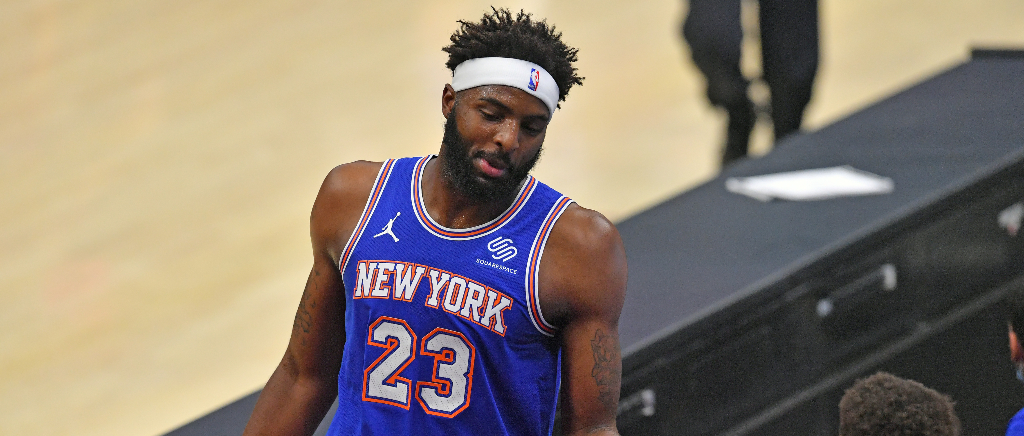
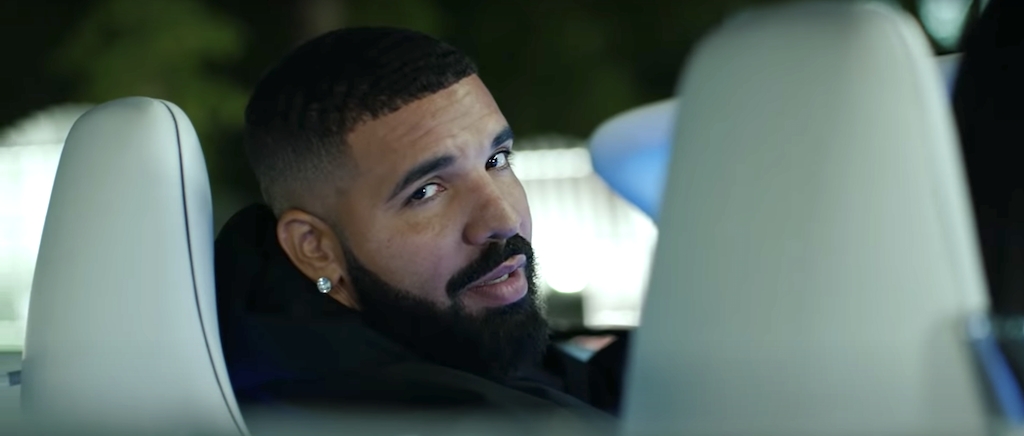
 (@xxssxs_)
(@xxssxs_)  (@thelankiest)
(@thelankiest) 
 (@bratzthegame)
(@bratzthegame)  (@speakingofcw)
(@speakingofcw) 
 (@Manny1k_)
(@Manny1k_) 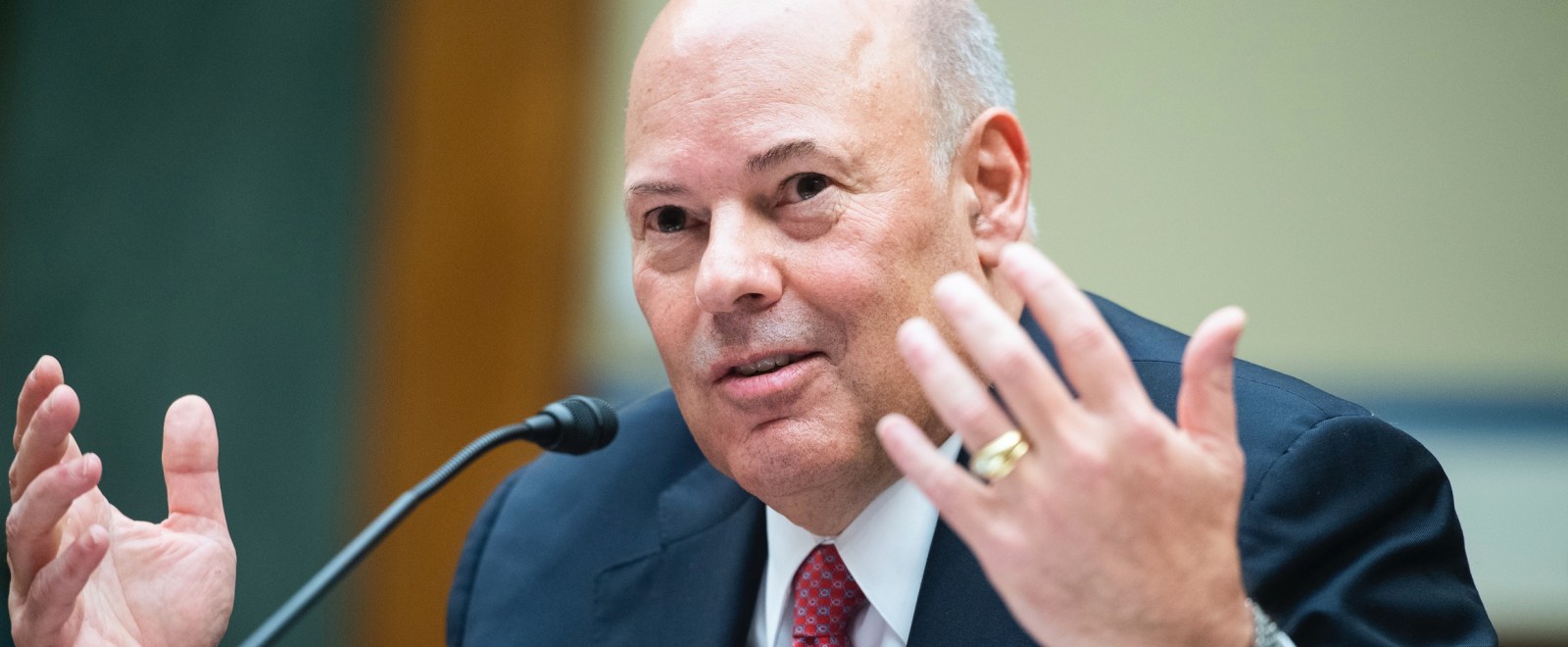
 rosanna arquette (@RoArquette)
rosanna arquette (@RoArquette)  (@jessphoenix2018)
(@jessphoenix2018) 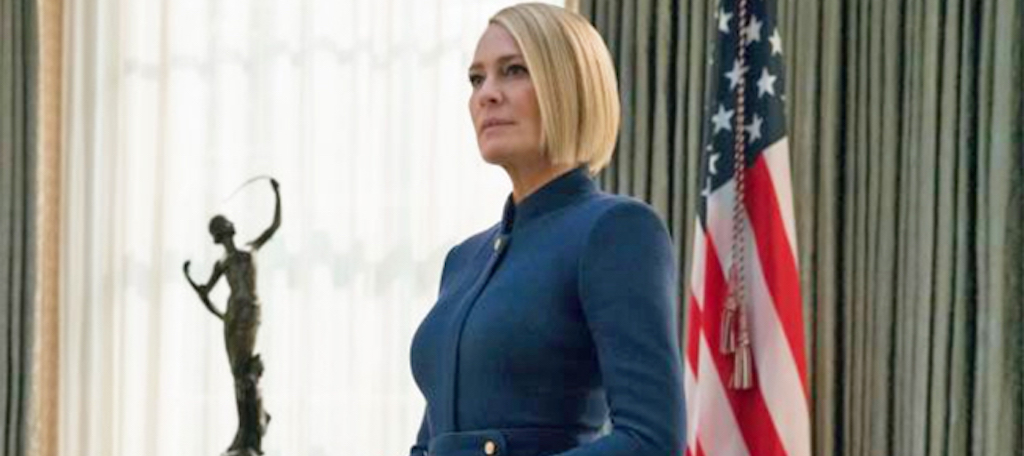
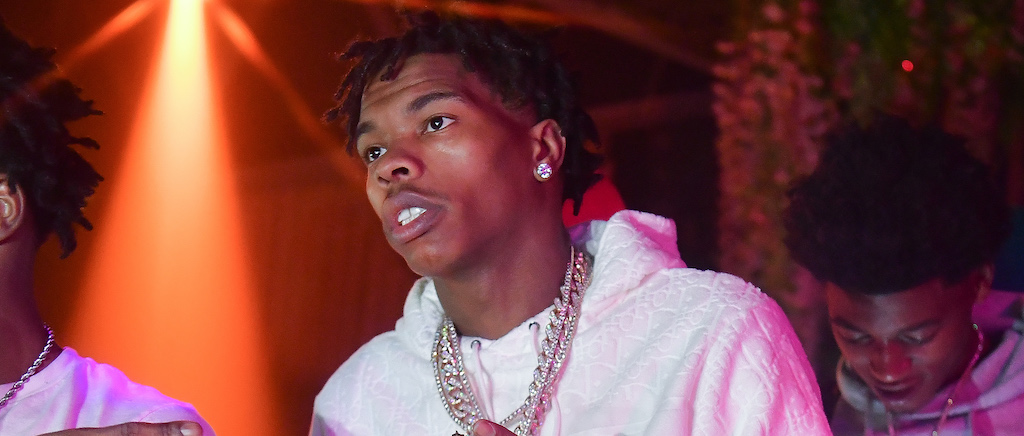


 (@youloveciaraaaa)
(@youloveciaraaaa) 